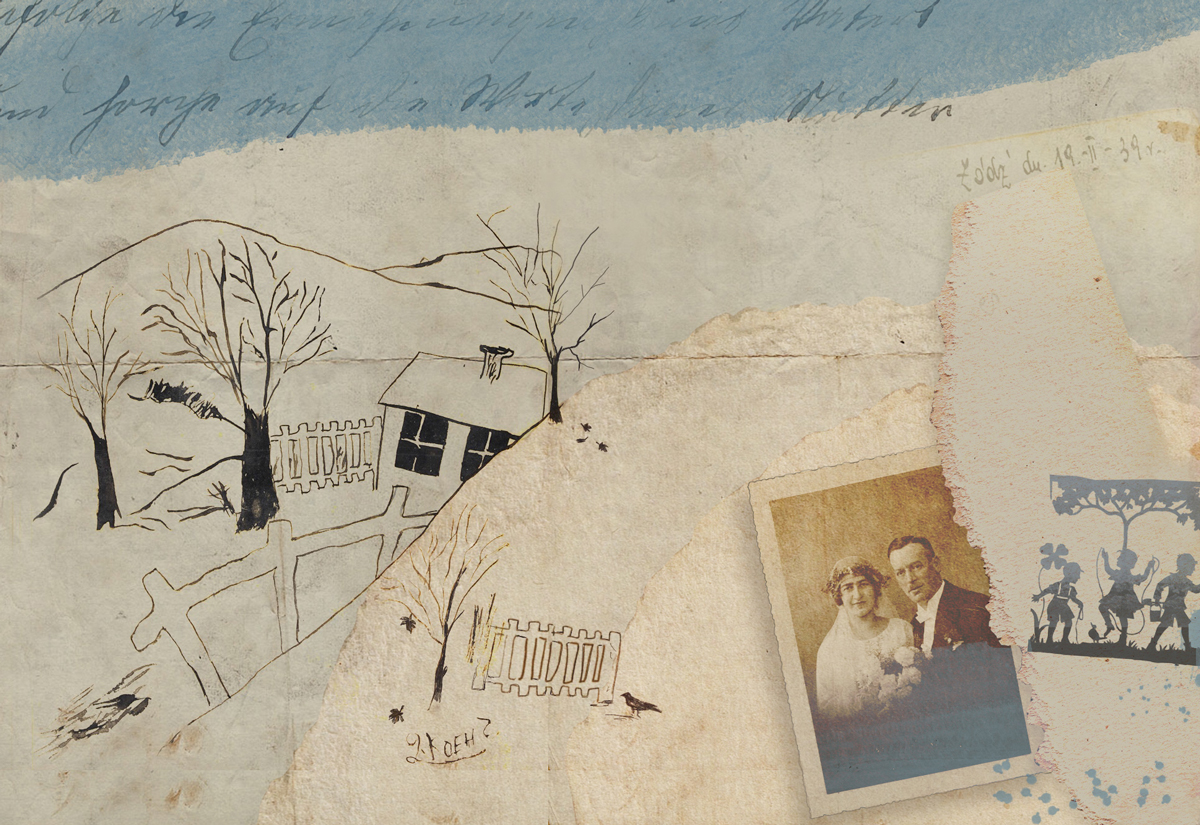Intro

"I only know one thing: there is something terrible, horrible going on, something inconceivable, which cannot be understood, grasped or explained… Everybody is saying now that the Jews are being murdered… All of them, without exception – old people, women and children… A Russian girl accompanied her girlfriend to the cemetery, but crawled through the fence from the other side. She saw how naked people were taken toward Babi Yar and heard shots from a machine gun. There are more and more such rumors and accounts. They are too monstrous to believe. But we are forced to believe them, for the shooting of the Jews is a fact. A fact which is starting to drive us insane. It is impossible to live with this knowledge. The women around us are crying. And we? We also cried on September 29, when we thought they were taken to a concentration camp. But now? Can we really cry? I am writing, but my hair is standing on end."
From the diary of Irina Khoroshunova, Kiev, September-October 1941
On 22 June 1941, Nazi Germany launched a surprise attack on the Soviet Union known as "Operation Barbarossa". This was a turning point in World War II and in the fate of the Jews. At the rear of the German Army in the war in the USSR were the Einsatzgruppen, four mobile killing units of the SS that were tasked with the war on "ideological threats"—Communists, partisans and Jews. They moved from place to place, assembled their victims at the edge of pits and ravines, ordered them to undress, and shot them. In this manner, approximately 1,500,000 Jews were murdered by the Einsatzgruppen and their accomplices, including SS units, Wehrmacht soldiers, German police battalions, and local militias. During that same time period, Jews were also murdered in similar operations in German-occupied Yugoslav territory and by the Antonescu regime on Romanian-occupied land.
To read more: "Until the Very Last Jew: Eighty Years Since the Onset of Mass Annihilation"
From Our Collections
This exhibition tells the stories of Jewish families in the wake of "Operation Barbarossa", and their ultimate fate in Estonia, Latvia, Lithuania, Eastern Poland, Belarus, Ukraine, Romania and Yugoslavia. With the help of materials from the Yad Vashem Archives and Collections – personal letters, works of art, photographs, documents, testimonies, Pages of Testimony and more – we have the opportunity to learn the names and see the faces of a handful of the men, women and children behind the vast and unfathomable numbers of the murdered. Few survived the waves of mass murder, and some who did donated the personal belongings of their loved ones to Yad Vashem for posterity.













